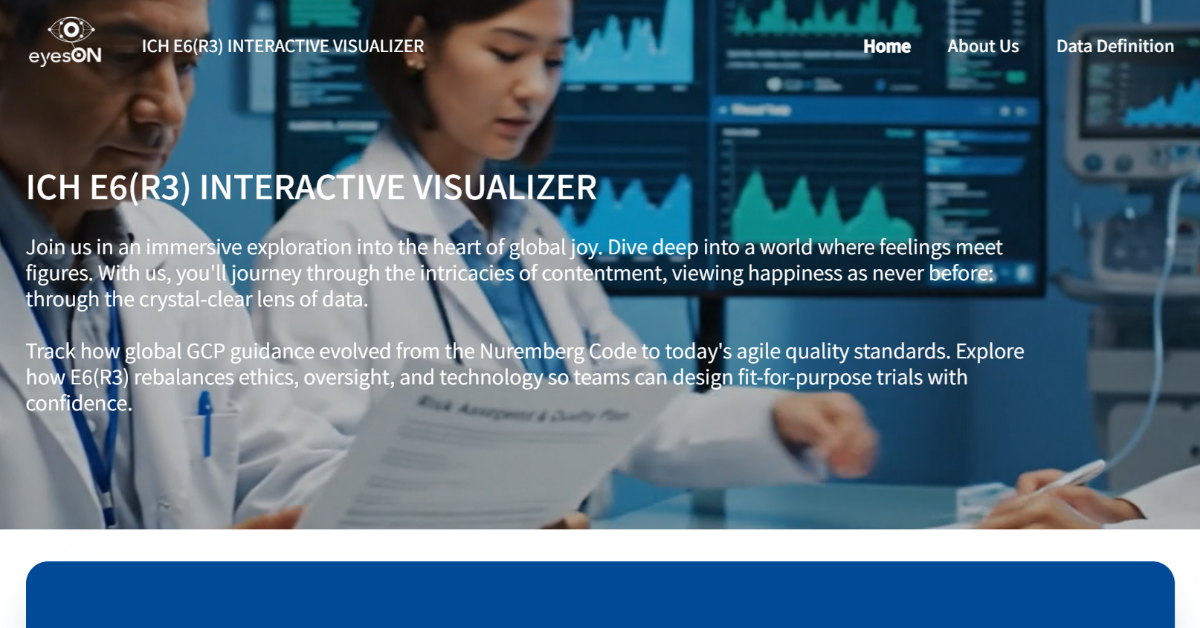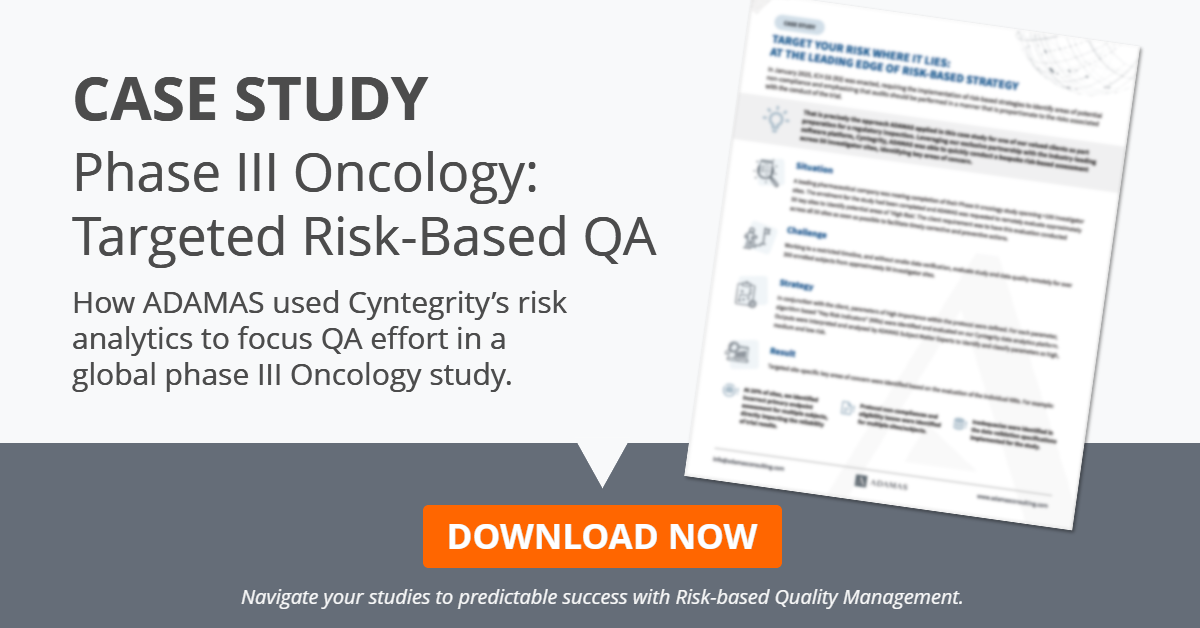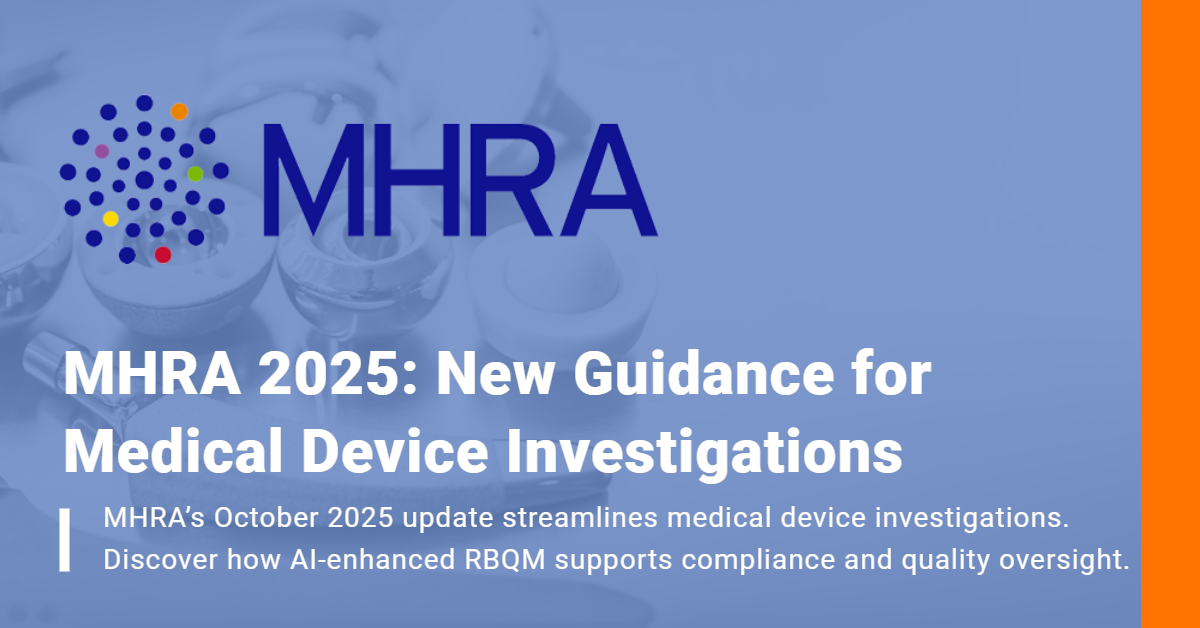Strategic Protocol Design
In modern clinical trials, embedding Risk-Based Quality Management (RBQM) principles and adaptive monitoring strategies at the protocol design stage is essential for ensuring subject safety, data reliability, and efficient trial execution. Regulatory guidelines, such as ICH E6(R2) and the draft E6(R3), strongly emphasize proactive planning to reduce unnecessary risks and enhance operational effectiveness.
This article explains why sponsors should adopt RBQM principles early in trial planning, supported by regulatory recommendations, and highlights the benefits of early implementation compared to addressing these elements later in the monitoring plan—or not at all.
What is RBQM and Adaptive Monitoring?
RBQM (Risk-Based Quality Management) shifts the focus from traditional, resource-intensive monitoring to a smarter approach that prioritizes critical data and processes. Adaptive monitoring, as part of RBQM, includes:
- Centralized Monitoring: Allows real-time data review to identify trends and anomalies.
- Targeted Source Data Verification (SDV): Concentrates on critical data elements rather than verifying all data.
- Triggered On-Site Monitoring Visits: These are conducted based on specific risk indicators identified through centralized monitoring.
These strategies are supported by regulatory guidelines, which emphasize the importance of tailoring monitoring to trial objectives and risks.
Regulatory Support for RBQM in Protocol Design
Simplifying Protocols to Reduce Risk: Draft ICH E6(R3) advises sponsors to avoid unnecessary protocol complexity to address potential risks early.
“The protocol should be designed in such a way as to minimise unnecessary complexity and to mitigate or eliminate important risks to the rights, safety, and wellbeing of trial participants and the reliability of data.”
Prioritizing Critical Data and Processes: ICH E6(R2) encourages identifying critical data and processes at the protocol stage to guide risk management.
“During protocol development, the sponsor should identify those processes and data that are critical to ensure human subject protection and the reliability of trial results.”
Proportionate and Tailored Monitoring: Centralized monitoring is recommended by ICH E6(R2) to reduce on-site monitoring efforts while ensuring data accuracy and compliance.
“Centralized monitoring processes can complement and reduce the extent and/or frequency of on-site monitoring by identifying missing data, inconsistent data, data outliers, unexpected lack of variability, and protocol deviations.”

The Case for Early RBQM Integration
- Ensuring Regulatory Alignment
By embedding RBQM principles in protocols, sponsors can align with regulatory expectations from the start, avoiding amendments or delays that could arise during later reviews.
- Strengthening Subject Protection
Early identification of risks allows sponsors to allocate resources where they matter most, ensuring subjects’ safety throughout the trial.
- Improving Data Quality
Centralized monitoring and targeted SDV allow for a sharper focus on critical data, reducing errors and inconsistencies while maintaining the trial’s integrity.
- Controlling Costs
Embedding RBQM principles during protocol design eliminates inefficiencies, reduces site visits, and optimizes monitoring efforts. Industry data indicates that implementing these strategies early can save up to 20% in monitoring costs.
- Avoiding Late-Stage Challenges
When RBQM is introduced late in the trial process, it can lead to friction with regulatory bodies or operational inefficiencies. Early adoption ensures a smoother trial execution with fewer unexpected challenges.
| Aspect | Early RBQM Integration | Late RBQM Integration |
|---|---|---|
| Regulatory Acceptance | Facilitates approval and minimizes delays. | Higher likelihood of pushback and rework. |
| Subject Safety | Risks addressed during planning. | Reactive responses to emerging risks. |
| Cost Efficiency | Reduced site visits and optimized resources. | Increased costs from inefficiencies. |
| Operational Planning | Strategies built into the trial from the start. | Requires re-planning, causing potential delays. |
How Sponsors Can Integrate RBQM in Protocol Design
- Follow Regulatory Guidance: Use ICH E6(R2) and E6(R3) as reference points to guide protocol decisions.
- Focus on Key Risks Identify and address critical risks during the early design phase.
- Adopt Technology for Centralized Monitoring: Leverage systems that allow real-time data analysis to identify and manage risks effectively.
- Collaborate with Stakeholders: Align with CROs, sites, and other partners to ensure a cohesive monitoring strategy is in place from the beginning.
Key Takeaways
Embedding RBQM principles and adaptive monitoring strategies during protocol design enhances regulatory compliance, subject safety, and data reliability. Sponsors that take this proactive approach benefit from streamlined processes, lower costs, and a higher likelihood of trial success.









